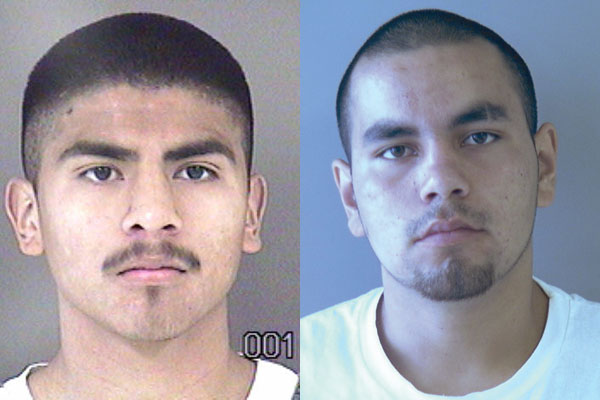
A 19-year-old suspected of taking part in Daniel Gallegos’ 2006
murder will no longer be tried as an adult and had his proceedings
Friday closed off to the public, despite a California law requiring
that juvenile murder cases remain open.
A 19-year-old suspected of taking part in Daniel Gallegos’ 2006 murder will no longer be tried as an adult and had his proceedings Friday closed off to the public, despite a California law requiring that juvenile murder cases remain open.
Superior Court Judge Alan Hedegard approved District Attorney Candice Hooper’s request to move the adult case of 19-year-old Emilio Roman to juvenile court – ultimately meaning the suspect will receive a much lighter sentence if convicted.
Roman is suspected of involvement with 20-year-old Gonzalo Munguia in killing the 18-year-old by driving over him with a car.
Hooper previously had argued that Roman – who was age 17 at the time of the suspected crime – be tried as an adult, which could have resulted in a sentence of life in prison without the possibility of parole if he was convicted.
Roman has been accused of premeditated murder, torture and special enhancements for suspicion of being in a criminal street gang. Hooper has said both Roman and Munguia were members of the Sureno street gang and the victim, along with his brother, were members of the rival Norteno gang.
After Hedegard on Friday granted Hooper’s request, he immediately ordered all spectators out of the courtroom, saying that juvenile court proceedings are closed to the public.
According to the California Welfare and Institutions Code, however, a juvenile accused of serious felonies such as murder, rape and arson is subject to a public trial.
Hooper was out of the office Monday and could not be reached for comment before press time. Deputy District Attorney Patrick Palacios, though, responded by saying the Free Lance “may very well be right” and that he would discuss the law with Hooper.
Whether it remains open to the public, Roman’s attorney Greg LaForge said the case’s transfer to juvenile court was the right move. LaForge has contended that his client was not responsible for Gallegos’ death.
“The D.A. did the right thing by transferring (the case) back to juvenile court,” he said. “That’s where it should have been from the beginning.”
At his last hearing in adult court for the case, Roman appeared in shackles and was dressed in black-and-white, striped jail attire with a script tattoo – which reads “ERG” – on the back of his neck.
According to police reports, Roman and Munguia were involved in a fist fight with Gallegos and his younger brother on July 10, 2006. In the course of the fight, Munguia is accused of entering a car and driving it over Gallegos before putting the vehicle in reverse and driving over him again.
When police arrived, Gallegos was severely injured and he was flown by a CALSTAR helicopter to a Bay Area hospital, where he later died of his injuries.
Munguia – who will head to trial in August – is eligible for the death penalty, which Hooper has said she will seek.
Munguia would be the first person to face the death penalty in San Benito County.








